We all know books can be faithful companions in hard times. Blenheim school counsellor Louisa Woods suggests some books that might help children process what’s going on in their families during separation.
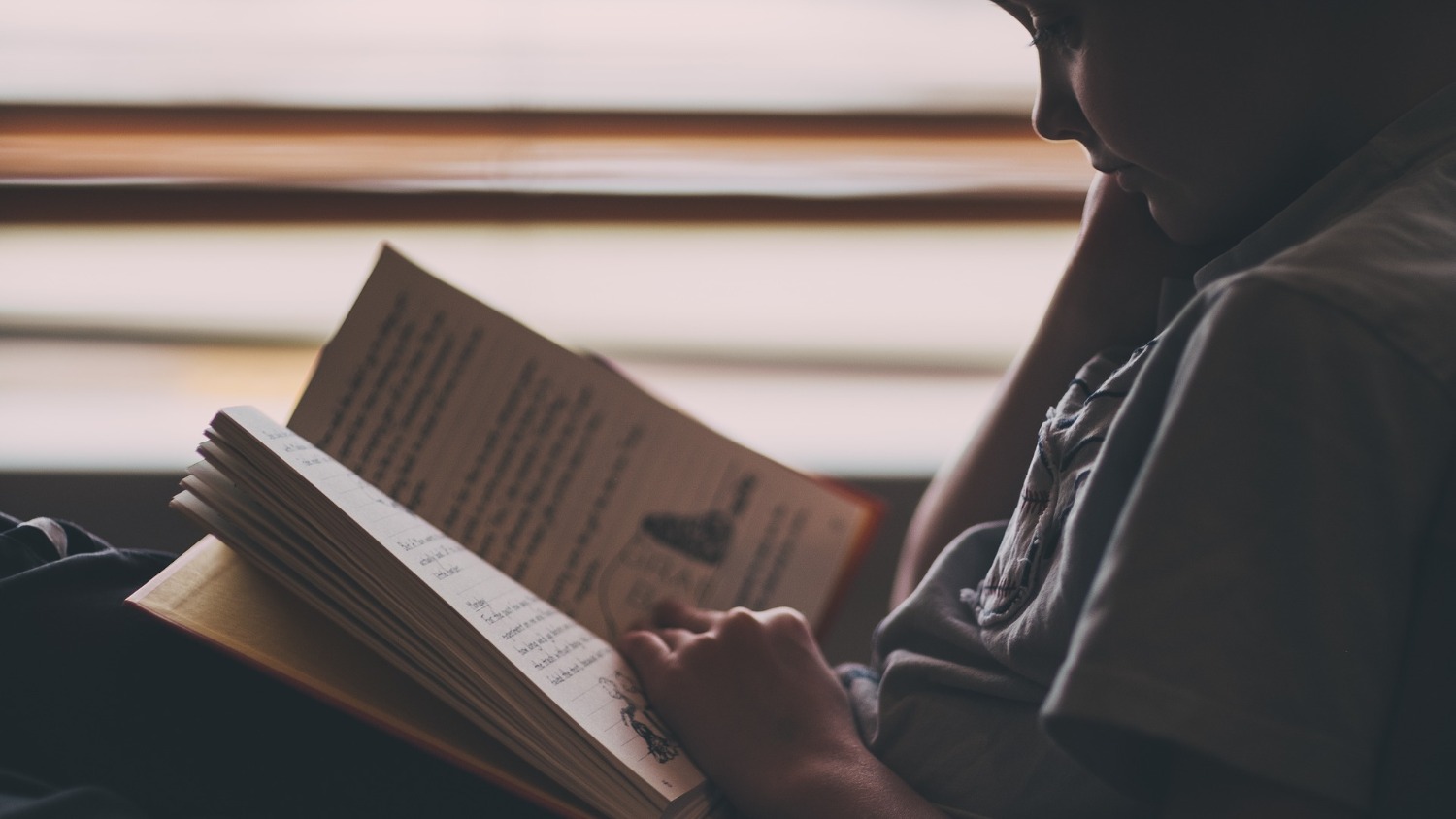
Separation is a challenging, often tumultuous situation for adults to negotiate, let alone children.
When parents decide to part, children’s ideas about what makes a family, the nature of love, and how to maintain relationships can be thrown up in the air, leaving them feeling a range of complex emotions. It’s common for children to go through a similar process as they would if they were grieving a death, often with the added burden of guilt as they blame themselves for the changes in the family. Along with the emotional upheaval, practical changes in their living situation can leave children feeling unstable and lacking control.
It can be difficult for parents to know how best to support their children through separation, and challenging when they’re often facing similar levels of distress and instability themselves, but books can be an excellent source of information and reassurance for children and parents alike.
…books can be an excellent source of information and reassurance for children and parents alike.
Here’s a selection of books with different characters, circumstances, and messages, but all with the common theme that no matter what is happening or how things are changing, the love between parent and child is a constant.
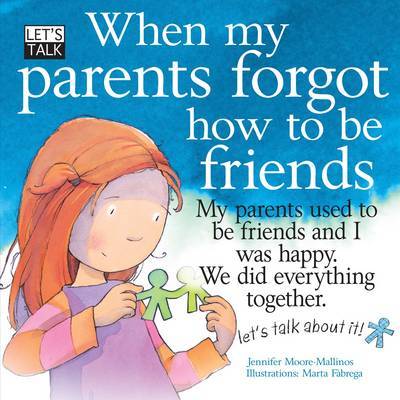
When My Parents Forgot How to Be Friends by Jennifer Moore-Mallinos, illustrated by Marta Fàbrega (Barron’s)
A young girl is dreadfully sad when her Dad moves out despite things being unhappy at home for a while, and sometimes worries it’s her fault he left. As time goes on and she and her parents build new homes and routines, they all begin to have fun and laugh again and the girl realises people can sometimes be happier after they separate.
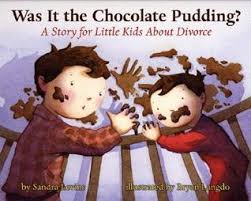
Was it the chocolate pudding? by Sandra Levins, illustrated by Brian Langdo (American Psychological Association)
When two brothers make a mess with their chocolate pudding, it sparks an argument between their parents. When their mother moves out, the older of the two thinks ‘It was because I smeared chocolate pudding all over my brother’. When he finally mentions it to his Mum, she reassures the boys the divorce was not their fault. The book reinforces the need to communicate clearly with children because although ‘grown-ups don’t think kids can understand a lot of stuff…big stuff like divorce needs some explaining’.
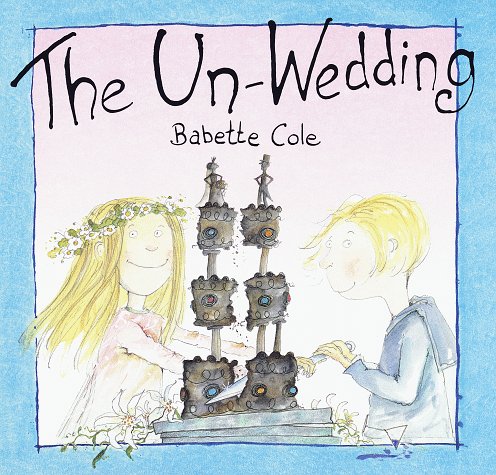
The Un-Wedding by Babette Cole (Knopf)
Babette Cole is known for her quirky, comedic takes on issues and events and this book provides no exception. Demetrius and Paula worry they’re to blame for their parents tumultuous relationship. They are sick of living with arguments and yelling and hold a meeting at school to work out what to do. The meeting concludes ‘Certain couples are happier apart’. The siblings decide to hold an ‘unwedding’, and then bulldoze the family home and build two new ones, with a tunnel Demetrius and Paula can use to move between their parents’ new homes.
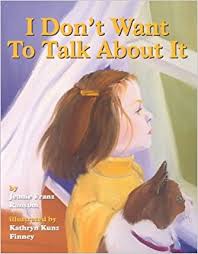
I don’t want to talk about it by Jeanie Franz Ransom, illustrated by Kathryn Kunz Finney (Magination)
This book examines a range of emotions children can experience in response to their parents separating. The child in the story imagines herself as different animals; flying away like a bird, roaring like a lion, crashing around like an elephant. And, while she doesn’t initially want to talk about it, her parents help her realise that while some things are going to change, how they feel about her is not one of them.
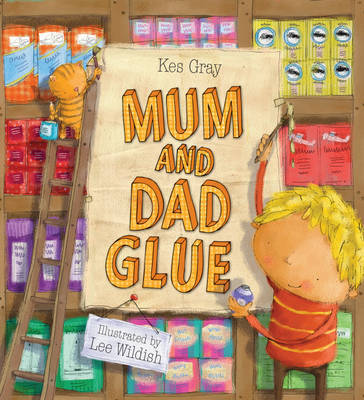
Mum and Dad Glue by Kes Gray, illustrated by Lee Wildish (Barron’s)
When his parents separate, the boy in this story feels his world has come apart. He looks for glue to stick them back together, and while he isn’t successful, he learns two important lessons: it isn’t up to him to fix his parents’ relationship, and even though their love is broken, their love for him will never be.
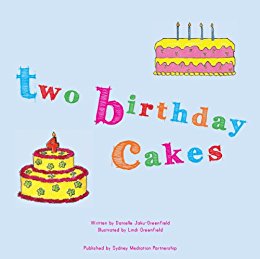
Two Birthday Cakes – Danielle Jaku-Greenfield, illustrated by Lindy Greenfield (Sydney Mediation Partnership)
After Bronte and Jeremy’s parents separate, they have two houses with two of everything. Some things are no different than when they all lived together, but many things have changed, mostly for the better. They get two birthday cakes, for example, and both parents come to watch ballet. Everyone is happier despite things being different.
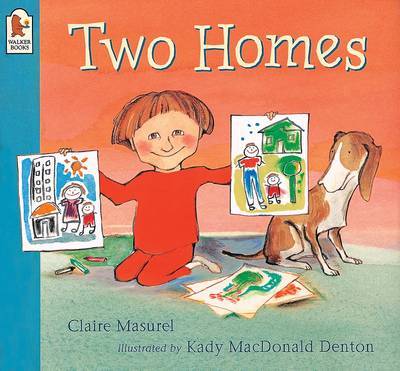
Two homes by Claire Masurel, illustrated by Kady McDonald Denton (Penguin Random House)
Using simple language and colourful pictures appropriate for preschool children, this story is narrated by Alex who tells us ‘Sometimes I’m with Daddy. Sometimes I’m with Mummy’ and goes on to show us how his two homes are very different but in both he is loved. Both parents love Alex and think about him whether he is staying with them or not, a reassuring message for young children.
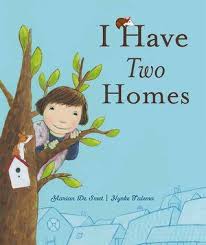
I Have Two Homes – Marian De Smet, illustrated by Nynka Talsma (Clavis)
Similar to Two Homes, but with more advanced language, this is Nina’s story about the change from one home shared together to having two. The story acknowledges the mixed emotions children can feel, such as missing their absent parent even when they’re having a good time with the other, and sends a clear message that wherever you are, your parents love you.
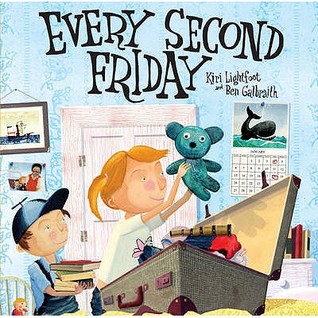
Every Second Friday – Kiri Lightfoot and Ben Galbraith (Hodder)
Margi and Totty go to stay with their Dad every second Friday. They enjoy his slightly chaotic house filled with collections, get messy playing, and have loads of fun. The children have a very special relationship with their father, even though they don’t live with him most of the time.
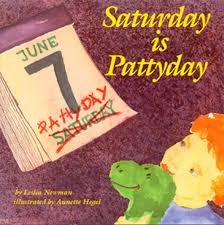
Saturday is Pattyday by Lesléa Newman, illustrated by Annette Hegel (New Victoria)
When Frankie’s mothers, Allie and Patty, separate, Patty moves to an apartment across town and Frankie doesn’t see her very much. He worries he and Patty will get divorced too. When Patty assures him that’s impossible, Frankie begins to feel more comfortable with the new family arrangement, and he even leaves his special toy—Doris Delores Brontosaurus—behind to wait for his next Pattyday visit.
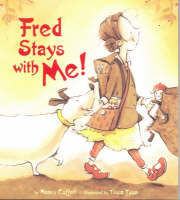
Fred Stays with Me by Nancy Coffelt, illustrated by Tricia Tusa (Little, Brown)
The girl in this story shares time equally between her parents. Their houses are very different, and although she likes them both, it’s good to have something consistent in her life. That something is her dog, Fred. Regardless of which home they’re in, Fred still sleeps on the floor, waits to snap up crumbs, wants to play, and can be a bit naughty. Wherever she is and however she’s feeling, ‘Fred is there’.
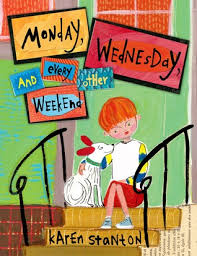
Monday, Wednesday and Every Other Weekend by Karen Stanton (Feiwel and Friends)
Henry Cooper and his dog, Pomegranate, spend half the time with Mum and the other half with Dad in their new houses. They have fun in both places but sometimes Pomegranate gets confused and misses their old house. One day he runs away and Henry’s parents work together to help Henry track him down.
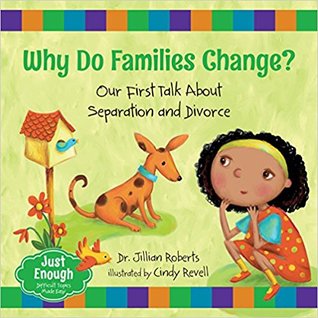
Why Do Families Change?: Our First Talk about Separation and Divorce by Jillian Roberts, illustrated by Cindy Revell (Orca)
A straightforward and clear non-fiction book about what to expect when your parents are separating, ‘Why Do Families Change?’ uses a question-answer format to provide just enough information to reassure and inform children without bogging them down with too much detail and explanation. The illustrations are colourful and reflect a diverse range of families including same-sex couples, and couples from different religious and cultural groups.
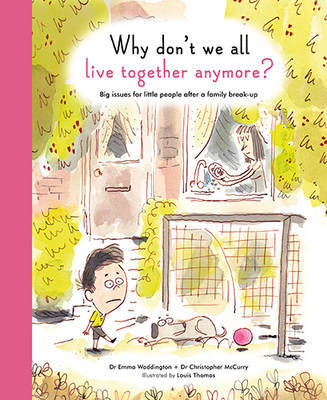
Why Don’t We All Live Together Anymore? by Emma Waddington and Christopher McCurry, illustrated by Louis Thomas (Quarto)
The two-page spreads in this book are each dedicated to answering a question children may have following separation. Rather than answering the questions (such as ‘Why is Daddy not at home anymore?’ and ‘Do you still love each other?’) the book provides a mini-story and some thinking points for children and parents to discuss together, along with some notes for parents about how their child may be thinking and feeling.
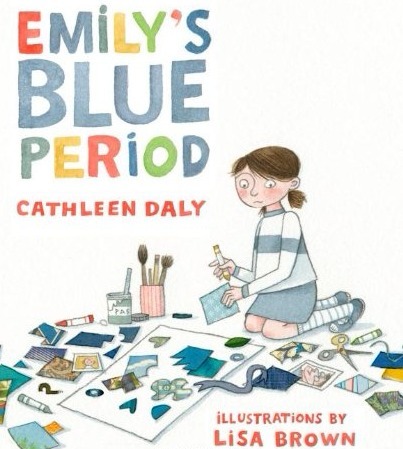
Emily’s Blue Period by Cathleen Daly, illustrated by Lisa Brown (Roaring Brook)
‘When Pablo Picasso was very sad he only painted in shades of blue’ Emily explains to her mother ‘and now I am in my blue period.’ This beautifully illustrated book follows Emily as she works out how she feels and how she can best represent herself following her parents’ divorce. It explores a range of feelings and shows children how they can use creative expression as a way of dealing with difficult times in their lives.
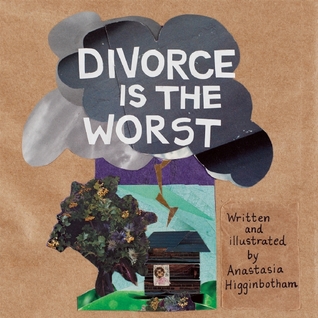
Divorce is the Worst by Anastasia Higginbotham (Feminist Press)
One of the ‘Ordinary, Terrible Things’ series, this book is an honest and empathetic portrayal of the potential impact of divorce. It acknowledges how people ‘say it’s for the best, but it feels like the worst’ and validates the emotions children may be struggling with. While this book is not as light as others on this list, it does have an empowering message for young people: you have the resources within you to cope and thrive.For some children, a divorce means not seeing one parent at all, or very rarely, but I couldn’t find a book about separation or divorce that represented that reality. Instead, here are three warm, funny, cleverly written books that champion and celebrate single parent families.
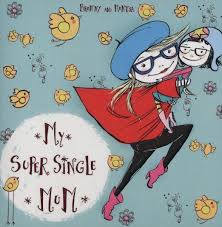
My Super Single Mum and My Super Single Dad by Bronwyn Fallens
Both of these books show a single parent providing all the care, fun, support, and love a child could need. The children in each book are loved and cherished and the colourful, fun illustrations reflect the joy the parents and children feel in each other’s company.
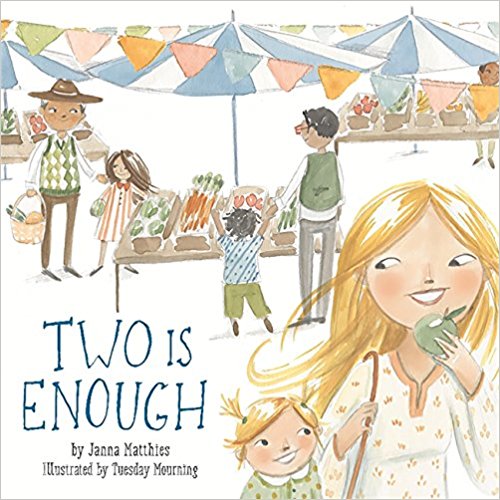
Two is Enough by Janna Matthies, illustrated by Tuesday Mourning (Running Press Kids)
This charming book shows four parent-child pairs engaged in all sorts of activities. Using rhyme and beautiful illustrations throughout, the book carries the clear message that two is enough to make a family if those two love and care for each other..

Louisa Woods
Louisa Woods is a counsellor and former English teacher, currently living in Blenheim with her husband and three children. Much of her writing focuses on supporting, and communicating with children and adolescents and she takes great pleasure in being able to combine her love of books with her passion for working with our young people in writing for The Sapling. You can find her on Facebook.



